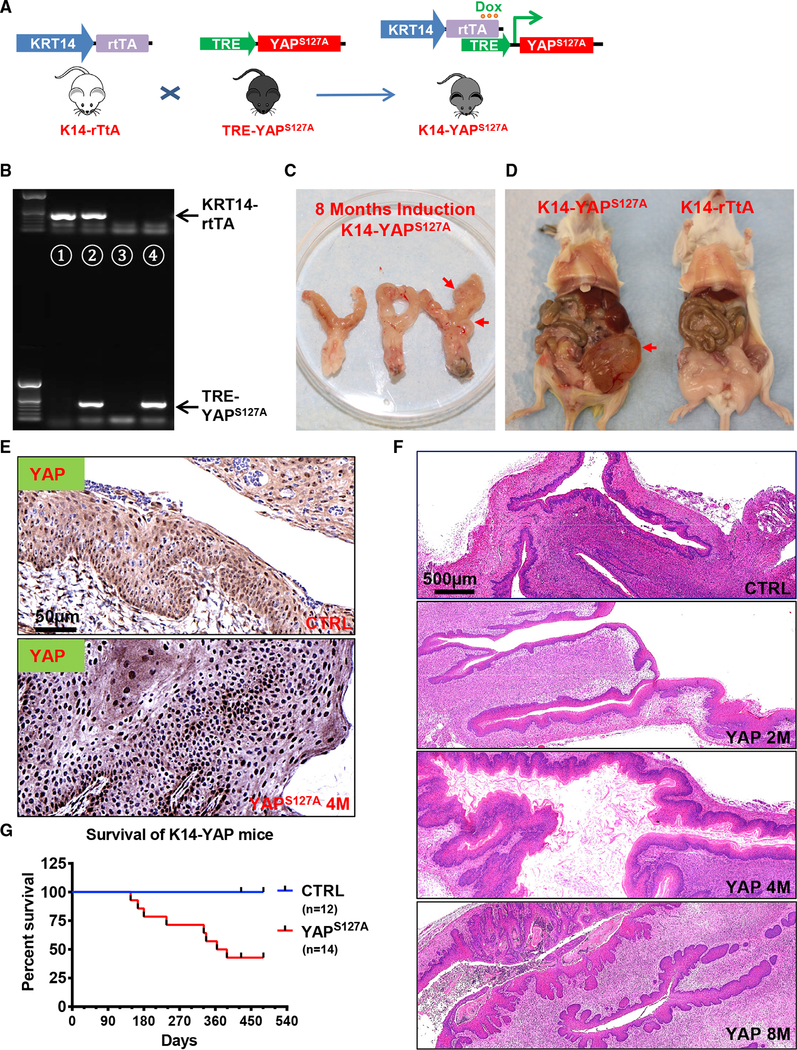Figure 1. Hyperactivation of YAP1 Induces Invasive Cervical Cancer in Mice.
(A) A schematic diagram showing the transgenic mouse strains and breeding procedures for generating KRT14-YAPS127A mice (mice with keratin 14 [KRT14]-driven and tetracycline-induced expression of YAPS127A gene in cervical epithelium).
(B) Representative gel image showing PCR products (genotyping results) of wild-type (lane 3), KRT14-rtTA alone (lane 1), TRE-YAP alone (lane 4), and KRT14-rtTA and TRE- YAPS127A co-expressed (lane 2) mice.
(C) Representative image showing the reproductive tract from KRT14-YAPS127A transgenic mice after induction of gene expression with doxycycline (0.05 mg/mL) for 8 months. Note the invasion of cancer in the uterine and vaginal area (red arrow).
(D) A representative image showing the general anatomy of KRT14-rtTA control mice and KRT14-YAPS127A mice. Note the obstruction of the urination system (the red arrow points to an enlarged bladder) caused by ureter blockage due to cervical tumor in KRT14-YAPS127A transgenic mice.
(E) Representative images showing expression of YAP1 protein in cervical tissues of control and KRT14-YAPS127A transgenic mice.
(F) Representative images showing H&E staining of cervical tissues form control and KRT14-YAPS127A transgenic mice. Note the cancer progression in the cervical epithelium after doxycycline induction for 8 months. Scale bar: 500 μm.
(G) Kaplan-Meier curve showing survival rates of control mice (blue line, n = 12) and KRT14-YAPS127A mice (red line, n = 14) after doxycycline induction of YAP1 expression in cervical epithelial cells.

